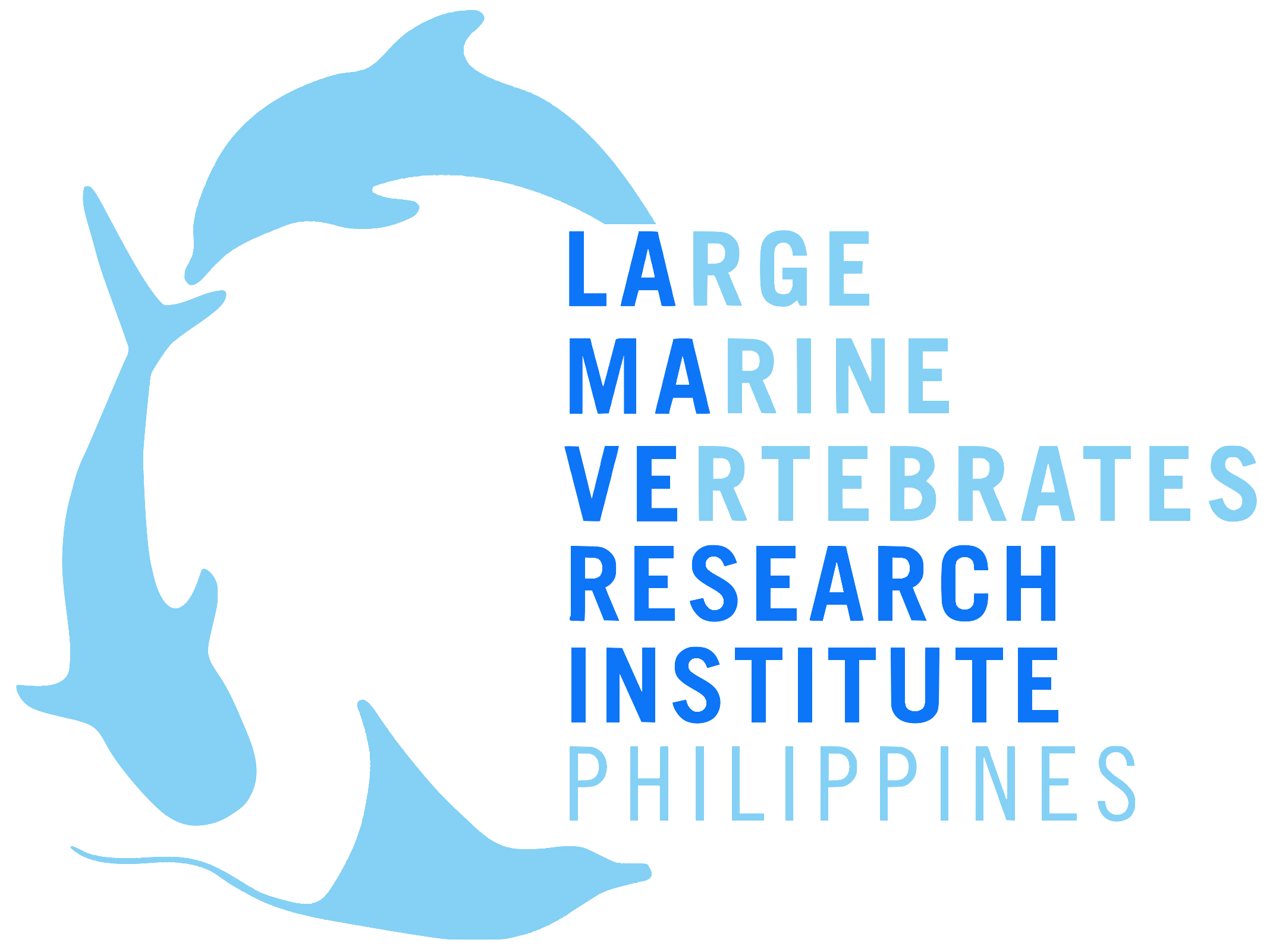VOLUNTEER BLOG
RUV Life
by Thanda Ko Gyi
I was moments away from booking my long-awaited holiday to Sulawesi when I saw the call for volunteers for the pilot manta project at Manta Bowl on the LAMAVE facebook back in 2017. I dropped everything, sent an email straight away and intentionally didn’t even “Like” the post to avoid drawing more attention to it until I knew I had the spot. (Please don’t judge me :D). I knew instantly I wanted to be part of the project! I love nudibranchs but I LOVE mantas!
I enjoy matching manta bellies to unwind. I am one of those people who exchange smiles and hellos with mantas during a dive, current permitting of course.
Ever since I started diving a lot in Myanmar, all I’ve wanted is for the ocean in Myanmar to be loved and the mantas and their friends to be protected. I am not a marine biologist. An opportunity like this to me, where you are part of a team starting from scratch, exploring the site, gathering baseline data and to produce information that can support the government and the local communities’ efforts to protect and manage the area, was something I did not want to miss out on. I would get to be part of the answer to all the questions I’ve been asking about how conservation work works in a developing country.
The project did challenge me. I suck at free diving, currents are not my best friend and I’ve never navigated blindly this precisely. But standing on the edge of Tamis, our dive boat, while the sun was rising beautifully, before jumping in the water to look for Tamis, the cleaning station, I knew I had to step out of my comfort zone and frigging embrace everything or I might never get or want another opportunity.
And I had some of the best time of my life, learning new things I never thought I wanted to learn. All the while, working in a very dedicated team that was passionately trying to figure out how best to deploy the Remote Underwater Video systems (RUVs) or the most efficient way to collect data while we learn to play all the (stupid) games you can play under the sun when you are isolated. #anythingbutsettlers
My highlight definitely has to be picking a new awesome cleaning station. Yes Thandy’s Rocks rocks!!! It provided us with photo evidence that the bowl is frequented by both species of mantas and surprise thresher sharks and a whole lot of whale sharks.
When I heard that the project was going to continue another year, I was so happy and almost proud. It meant everything we had worked for during the pilot month was a success and useful and I couldn’t wait to come back to see how it has all unfolded.
And I did just that the first opportunity I got. I listened and watched as another volunteer gave me a briefing on how to navigate to different cleaning stations, how to file away the photos and how to carry multiple RUV’s underwater (all they needed was a double-ended snap hook and a rope with loops at the end for the RUVs to attach! Whatt!???!?!). Everything was running so efficiently and smoothly that apparently things were starting to feel routine. There were no more early morning struggles to find the correct spot to jump off, the boat boys were on top of everything! People weren’t just excited to see the camera run for a full day, because they always do and there is plenty of footage to sort.
The RUVs over the months at different cleaning stations have collected a decent amount of information giving us a better understanding of how the mantas are using Manta Bowl, and a growing database of manta individual belly photos, reinforcing the fact that Manta Bowl is an important aggregation site.
The project has now started collecting visitor data from dive shops in the surrounding area to understand the economical value. And there are plans to see viabilities to replicate the project in other parts of the Philippines.
I feel very fortunate to have been part of all this.
I still haven’t made it to Sulawesi but I have just registered an NGO dedicated to ghost net removals in Myanmar. It’s not what I was planning on doing but sometimes you just have to get up and get involved. You might just surprise yourself.
Thanda Ko Gyi was part of LAMAVEs pilot research team in Manta Bowl Ticao. Originally from Myanmar she is passionate about ocean issues and loves mantas. Outside of her latest stint with LAMAVE she recently started a marine conservation NGO called Myanmar Ocean Project and will be running a pilot ALDFG removal project in the south coast of Myanmar in 2019. She also volunteers for Marine Megafauna Foundation with their Myanmar manta database for Manta Matcher and other logistical needs in the country. Her other love is mango float!







7 One-of-A-Kind Experiences as a LAMAVE Volunteer
Just like any other volunteering opportunity, signing up with LAMAVE is a great way to contribute your time and skills to something bigger – marine conservation. But joining LAMAVE is unique in itself because it is more of a commitment – you have to be passionate and dedicate at least three months of your life to volunteering with us.